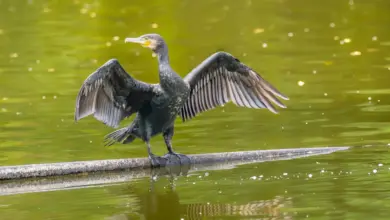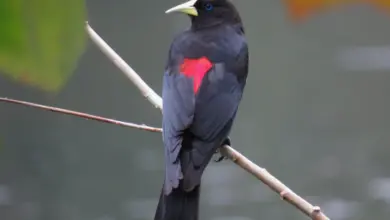Guillemots
The Guillemots comprise two genera of auks: Uria and Cepphus. The former are relatives of the Razorbill, Dovekie, and the extinct Great Auk and together make up the tribe Alcini, while the latter form a tribe of their own, the Cepphini.
The Guillemots comprise two genera of auks: Uria and Cepphus. The former are relatives of the Razorbill, Dovekie, and the extinct Great Auk and together make up the tribe Alcini, while the latter form a tribe of their own, the Cepphini.
Systematics
- Uria
- Common Guillemot or Common Murre, Uria aalge
- Brunnich’s Guillemot or Thick-billed Murre, Uria lomvia
Some prehistoric species are also known:
- Uria bordkorbi (Monterey or Sisquoc Late Miocene of Lompoc, USA)
- Uria affinis (Late Pleistocene of E USA) – possibly a subspecies of U. lomvia
- Uria paleohesperis
U. brodkorbi is interesting insofar as it is the only known occurrence of the Alcini tribe outside the Atlantic. It suggests that the murres, which are the sister taxon to all other Alcini but like them are usually believed to have evolved in the Atlantic, actually evolved in the Caribbean or at any rate close to the Isthmus of Panama.
- Cepphus
- Black Guillemot or Tystie, Cepphus grylle Pigeon Guillemot, Cepphus columba Spectacled Guillemot, Cepphus carbo
As in other genera of auks, fossils of prehistoric forms of Cepphus have been found:
- Cepphus olsoni (San Luis Rey River Late Miocene – Early Pliocene of W USA)
- Cepphus cf. columba (Lawrence Canyon Early Pliocene of W USA)
- Cepphus cf. grylle (San Diego Late Pliocene, W USA)
The latter two resemble the extant species, but because of the considerable distance in time or space from their current occurrence, they may represent distinct species.




